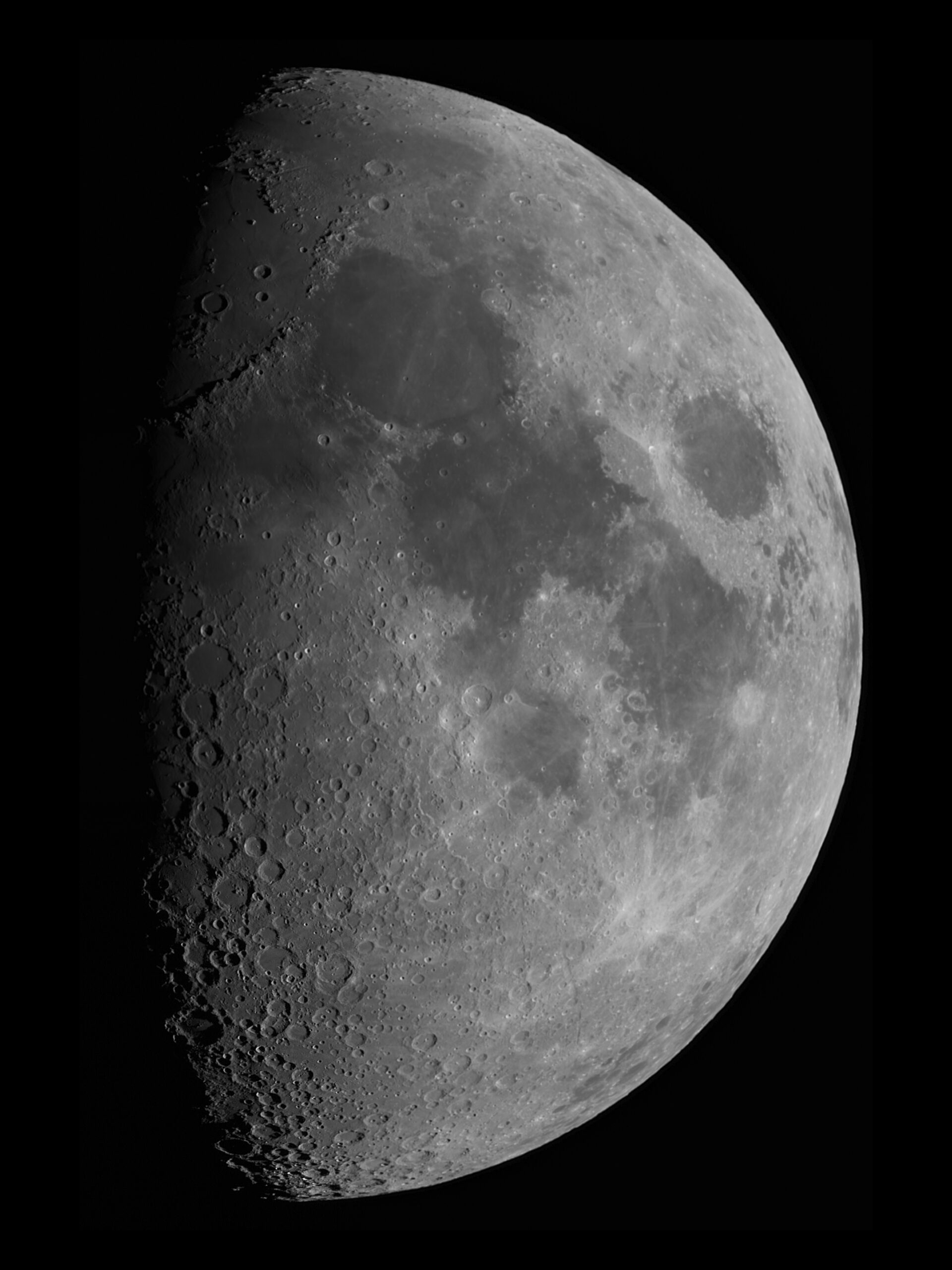If you’ve ever paid attention to the several phases that the Moon goes through, you’ve probably heard the phrase “gibbous.” Gibbous is a phase of the Moon that may be identified by its name, but what exactly is the origin of this name? It is necessary to dive into the interesting field of lunar astronomy and the manner in which the appearance of the Moon varies throughout its monthly cycle in order to acquire an understanding of the roots of this phrase.
As it travels around the Earth in its orbit, the Moon, which is our nearest celestial friend, goes through a series of phases. The Moon goes through different phases as a result of interactions with the Sun, the Earth, and the Moon itself. When we gaze up at the Moon, we can see that different parts of its surface are lighted to varying degrees, which results in the well-known phases of the moon: crescent, half-moon, and full.
During the course of its cycle, the Moon progresses from the phase known as the new moon, in which it is completely dark, to the phase known as the full moon, in which it is fully illuminated. There are a variety of stages that can be found in between these two extremes; one of these phases is referred to as “gibbous.”
The origin of the word “gibbous” may be traced back to the Latin word “gibbosus,” which can be translated as “humpbacked” or “protuberant.” It was initially used to describe the appearance of the Moon when its illumination was greater than half but yet less than full. To put it another way, a gibbous moon is a moon that is larger than a half-moon but is not quite as large as a full moon.
It’s possible for the Moon to be waxing or waning when it’s in the gibbous phase. Waxing refers to the Moon’s progression from new moon to full moon, while waning describes the Moon’s progression from full moon to new moon. More than half of the Moon’s face may be seen from Earth when it is in the waxing gibbous phase since the Moon is getting closer to its full phase during this time. In contrast, when the moon is in its waning gibbous phase, it is in the process of changing from a full moon to a new moon, and during this time, more than half of the moon’s face may still be seen, but with less illumination.
The moon’s precise appearance during a gibbous phase is determined by where it is located in regard to both the sun and the earth. When the moon is in its gibbous phase, it has the appearance of being round and convex on one side, but it is not fully lighted like it is when it is in the full moon phase. Instead, there is a characteristic humpbacked form to the Moon’s surface due to the fact that a portion of it is still obscured by darkness.
The geometry of the Moon’s orbit around the Earth is responsible for its appearance as a gibbous phase most of the time. As a result of the changing relative positions of the Sun, the Earth, and the Moon brought about by the Moon’s orbit around our planet, the amount of sunlight that reaches the surface of the Moon can vary greatly. The gibbous phase of the Moon is visible to us when the Sun, Earth, and Moon come together to make an angle of 90 degrees.
The gibbous phase of the moon occurs between the crescent phases and the full moon, and it serves as a transitional phase between the two. It represents the steady progression towards or away from full illumination. Those who stare upon it are captivated by its ever-changing appearance, which sparks their creative juices and captures their imaginations. It is a compelling sight for both stargazers and photographers.
When we have a better understanding of the vocabulary that is linked with the lunar phases, such as gibbous, we are better able to enjoy the beauty of the Moon and successfully talk about it. Knowing the reason why the Moon is called gibbous adds another layer of knowledge to your celestial activities, regardless of whether you are an amateur astronomer, a student studying the wonders of the universe, or simply a person who enjoys gazing the night sky.
Take a moment the next time you find yourself staring up at the night sky and admiring the bright presence of the Moon to give some thought to the gibbous phase of the moon. It is an intriguing stage in the Moon’s cycle, highlighting the dynamic and ever-changing nature of our celestial companion. It also represents a captivating stage in the Moon’s cycle.
![]()
